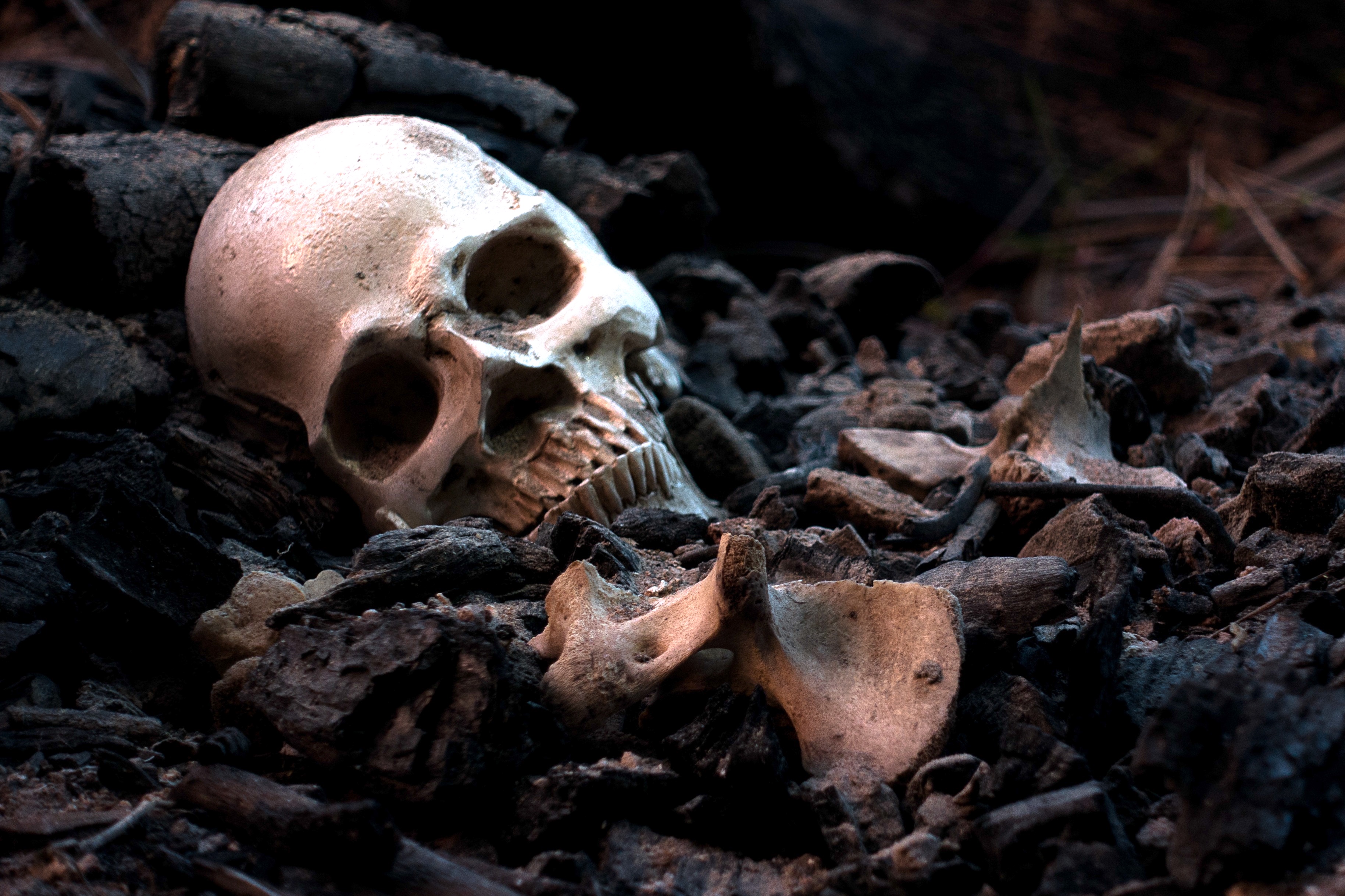Researchers believe they’ve uncovered the remains of a prehistoric female “shaman” who lived around 12,000 years ago, thanks to a recent study. This skeleton, buried with various animal bones, was found at Çemka Höyük, a site rich in history.
Known as burial site ÇH2019/05, this grave was discovered in a roundhouse structure and dates back to approximately 9300 B.C. during the Pre-Pottery Neolithic A (PPNA) period. The findings are crucial as they help us understand burial customs from this era, as highlighted in the study published in L’Anthropologie.
Despite some damage from nearby road construction, most of the burial site was intact. A striking feature was the use of flat limestone blocks, which is uncommon for PPNA burials.

The skeleton was found resting on its right side, oriented northwest-southeast and facing west. Analysis confirmed that the remains belonged to an adult female, aged between 25 and 30 at her time of death.
Interestingly, the burial included bones from various animals, like the aurochs (an extinct cattle species), a small ruminant, and some bird and mammal bones. This leads researchers to suggest she might have been a shaman or linked to shamanistic practices.
Given the burial’s nature and the included animal remains, it seems that the woman held a special status within her community, potentially viewed as someone who bridged the human and spirit worlds. According to the study, the combination of her burial and the animal bones hints at symbolic connections between the early sedentary community’s worldview and the animal kingdom.
The unique burial style of ÇH2019/05 indicates that this woman was treated differently from others, suggesting she might have had a special role or significance, possibly connected to the supernatural.
Researchers also propose that the community may have feared her returning as a malevolent spirit, which is why certain elements, like the auroch’s skull, were included in her burial. The limestone cover might have been meant to keep her from returning to the living realm.
Overall, this burial offers rare insights into ancient shamanistic traditions and the complexities of relationships between humans and the spiritual world.
